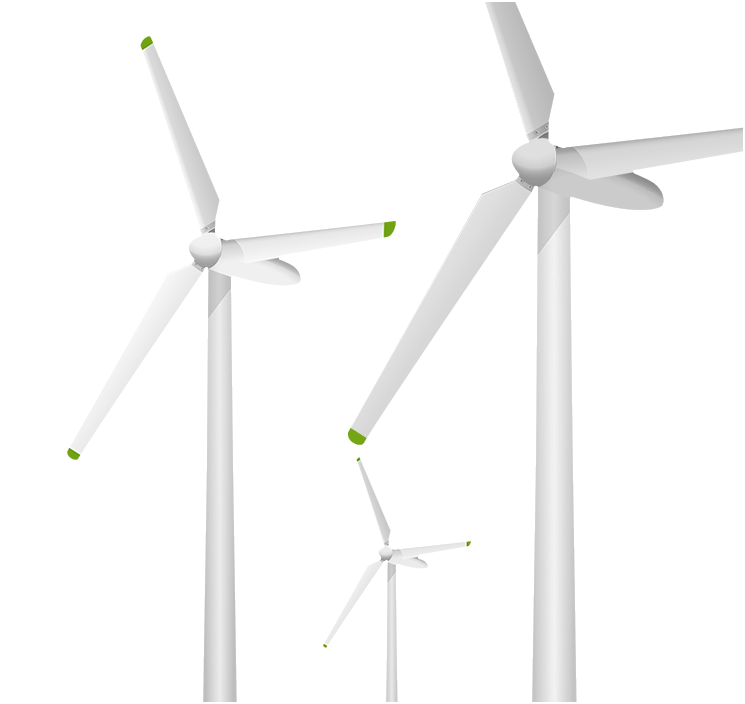Get In Touch With Us
Be Engery Independent with
Phoenix Solar Solutions
We drive the transition to more sustainable, reliable & affordable energy systems.

Phoenix Solar: Your path to Energy Independence begins here.
A solar off-grid system is a stand-alone power system that generates and stores electricity from solar panels without the need for a connection to the utility grid. This type of system is often used in remote areas where access to the grid is not available, or as a backup power supply in case of power outages.
A solar off-grid system consists of the following major components
This component converts the DC electricity stored in the batteries into AC electricity that can be used to power AC appliances.
These are the devices or equipment that consume electricity, such as lights, fans, refrigerators, and televisions.
These are used to store the DC electricity generated by the solar panels so that it can be used later when there is no sunlight.
This component is responsible for regulating the charge of the batteries and preventing them from overcharging or discharging.
A backup generator is often included in an off-grid solar system to provide power during extended periods of low sunlight or high demand.
These are the main component of the solar off-grid system that converts sunlight into DC electricity.
A solar off-grid system is a stand-alone power system that generates and stores electricity from solar panels without the need for a connection to the utility grid. This type of system is often used in remote areas where access to the grid is not available, or as a backup power supply in case of power outages..
In a solar off-grid system, solar panels convert sunlight into DC electricity, which is then stored in batteries for later use. An inverter is used to convert the DC electricity into AC electricity, which can be used to power AC appliances. A charge controller is used to regulate the charge of the batteries and prevent them from overcharging or discharging.
A generator may also be included in a solar off-grid system as a backup power source in case of extended periods of low sunlight or high demand. The size of the solar panels, batteries, and other components of the system is determined by the amount of power required by the user and the availability of sunlight in the area.
A solar off-grid system works by using solar panels to convert sunlight into electricity, which is then stored in batteries for later use. This electricity can be used to power appliances and devices without the need for a connection to the utility grid.
The process starts with the solar panels, which capture sunlight and convert it into direct current (DC) electricity. This DC electricity is sent to a charge controller, which regulates the charge going into the batteries and prevents them from overcharging or discharging.
.
The batteries store the DC electricity generated by the solar panels, making it available for use later when there is no sunlight. When electricity is needed, an inverter converts the DC electricity stored in the batteries into alternating current (AC) electricity, which can be used to power AC appliances and devices.
.
A backup generator may also be included in the solar off-grid system to provide power during extended periods of low sunlight or high demand.
During the morning and late afternoon when the sun is lower in the sky, the solar panels receive less direct sunlight and produce less electricity. As a result, the battery bank may discharge more to supply the energy demand from appliances and devices. However, the battery bank should have enough stored energy to meet the demand until the sun is higher in the sky and the solar panels can produce more electricity.
During mid-day when the sun is at its peak, the solar panels receive the most direct sunlight and produce the most electricity. This excess electricity is used to charge the battery bank and provide energy for appliances and devices. If the solar panels generate more electricity than what is needed, the excess energy can be stored in the batteries for use during periods of low sunlight or high demand.
At night, the solar panels do not receive any sunlight, so the off-grid system relies entirely on the stored energy in the battery bank. Appliances and devices connected to the system will draw power from the batteries until they are fully discharged. To avoid over-discharging the batteries, the off-grid system may include a low voltage disconnect (LVD), which automatically disconnects the loads from the battery bank when the battery voltage drops below a certain threshold.
On cloudy days when there is less sunlight available, the solar panels produce less electricity, which may lead to a decrease in the battery charge level. In such cases, the backup generator may be needed to provide additional power to meet the energy demand.
We drive the transition to more sustainable, reliable & affordable energy systems.
